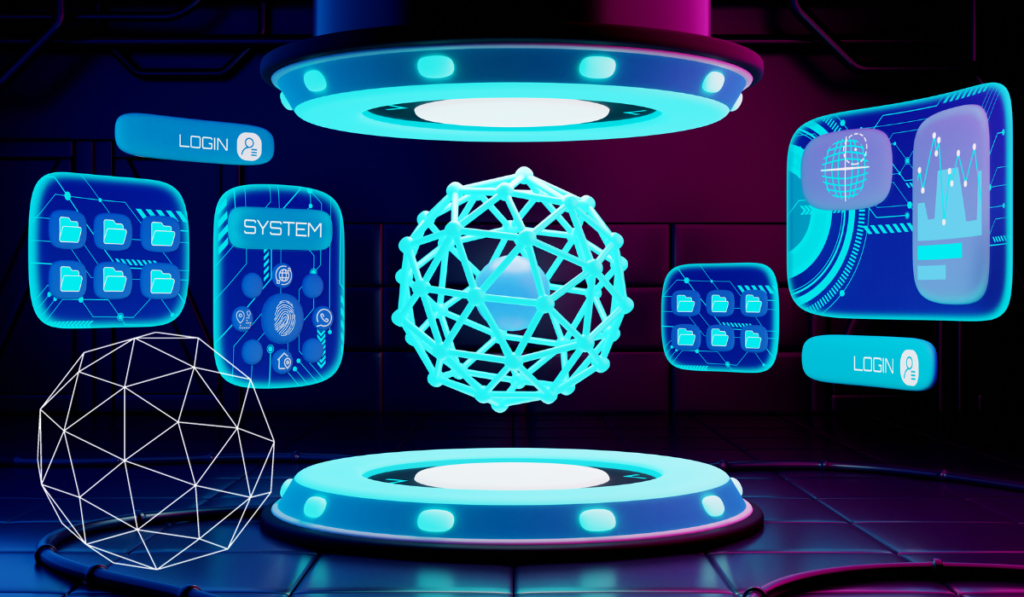Hologram Technology: The Best Secrets in Comprehensive Guide

Hologram technology, once a staple of science fiction, is now a rapidly advancing field with significant implications across various industries. This comprehensive guide will delve into the intricate details of hologram technology, exploring its applications, benefits, and then future potential. By understanding the fundamentals and advanced aspects of technology, businesses can also harness its power to enhance operational efficiency and innovate in ways previously thought impossible.
Understanding the Basics of Hologram
Holography is the science and then practice of creating three-dimensional images, known as holograms. Through the interference of light beams from a laser or other coherent light source. Unlike traditional photography, which captures only a two-dimensional representation, holography captures the depth, parallax, and other properties of the subject.
How Hologram are Created
- Recording the Hologram: This involves splitting a laser beam into two parts. One part, the reference beam, directly illuminates the recording medium. The other part, the object beam, illuminates the object and is then reflected onto the recording medium.
- Reconstructing the Image: When the hologram is illuminated by a laser or another coherent light source, it diffracts the light into an image that appears three-dimensional to the observer.
Types of Hologram

- Transmission Holograms: Viewed with light passing through them.
- Reflection Holograms: Viewed with light reflecting off their surface.
- Hybrid Holograms: Combine features of both transmission and then reflection holograms for specialized applications.
Applications of Hologram Technology
This technology is versatile and then finds applications in numerous fields, enhancing efficiency and innovation.
Hologram Technology Uses in Medical Field
- Medical Imaging: Holography allows for detailed three-dimensional imaging of internal organs and tissues, aiding in more accurate diagnoses and then treatment plans.
- Surgical Planning: Surgeons use holographic models to plan complex procedures, increasing precision and then reducing risks.
Education and Training
- Interactive Learning: Holograms create immersive learning environments, making complex concepts easier to understand.
- Professional Training: Holographic simulations provide hands-on training for professionals in fields like aviation and engineering, improving skill acquisition without the need for physical prototypes.
Hologram Technology Uses in Entertainment and Media

- Virtual Concerts and Events: Artists can also perform live through holograms, reaching audiences worldwide without geographical constraints.
- Enhanced Visual Effects: Films and video games use holography to create stunning, lifelike visual effects, enhancing the viewer’s experience.
Security and Authentication
- Anti-Counterfeiting: Holograms are used on banknotes, passports, and credit cards to prevent fraud and ensure authenticity.
- Secure Documentation: Sensitive documents employ holographic seals to protect against unauthorized access and then duplication.
Hologram Technology Uses in Retail and Advertising
- Product Visualization: Retailers use holograms to display products in 3D, allowing customers to view items from all angles.
- Interactive Advertisements: Holographic ads capture attention and then engage customers, increasing brand recall and sales.
Benefits of Implementing Technology

The integration of hologram technology into various sectors brings numerous benefits, driving efficiency and innovation.
Enhanced Communication
Holograms enable more effective communication by providing visual clarity and then depth. In business meetings, holographic presentations can also convey complex information more effectively than traditional methods.
Improved Product Design
Designers and then engineers use holography to create detailed models, reducing the need for physical prototypes. This accelerates the design process and then allows for rapid iteration and then improvement.
Hologram Technology Cost Efficiency
While the initial investment in holographic technology can also be significant, the long-term savings are substantial. Reduced material costs, faster development cycles, and enhanced product quality contribute to overall cost efficiency.
Increased Engagement
In educational and retail environments, holograms capture attention and engage audiences in ways that traditional methods cannot. This leads to better learning outcomes and higher customer satisfaction.
Hologram Technology in Challenges and Future Directions
Despite its numerous advantages, this technology faces several challenges that need to be addressed for broader adoption.
Technical Limitations
- Resolution and Quality: Current holographic displays may not achieve the desired resolution and image quality for certain applications.
- Storage and Bandwidth: Holographic data requires significant storage and bandwidth, posing challenges for real-time applications.
Cost and Accessibility
The high cost of holographic equipment can also be a barrier for smaller businesses and institutions. Advances in technology and increased production can also help lower these costs over time.
Standardization
The lack of standardization in this technology can also lead to compatibility issues. Establishing industry standards will be crucial for seamless integration and interoperability.
Ethical and Privacy Concerns
As holography becomes more prevalent, issues related to privacy and ethical use will need to be addressed.
Conclusion
It is poised to revolutionize numerous industries, offering unprecedented opportunities for innovation and efficiency. By understanding its principles, applications, and benefits, businesses and institutions can also leverage holography to gain a competitive edge. As technology continues to evolve, overcoming current challenges will pave the way for even more transformative applications, shaping the future of communication, entertainment, education, and beyond.
Read more: Mobile App Development Company





